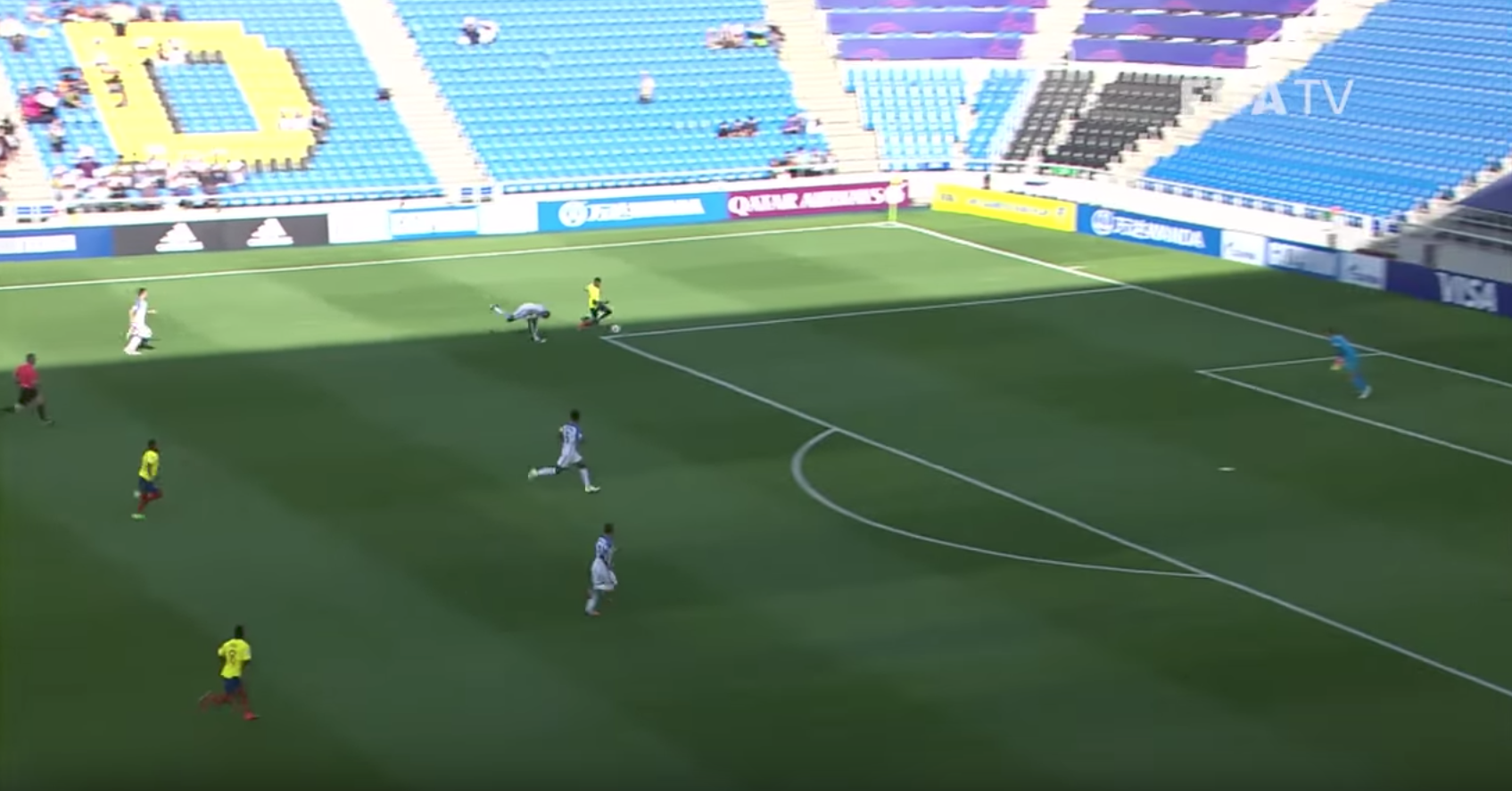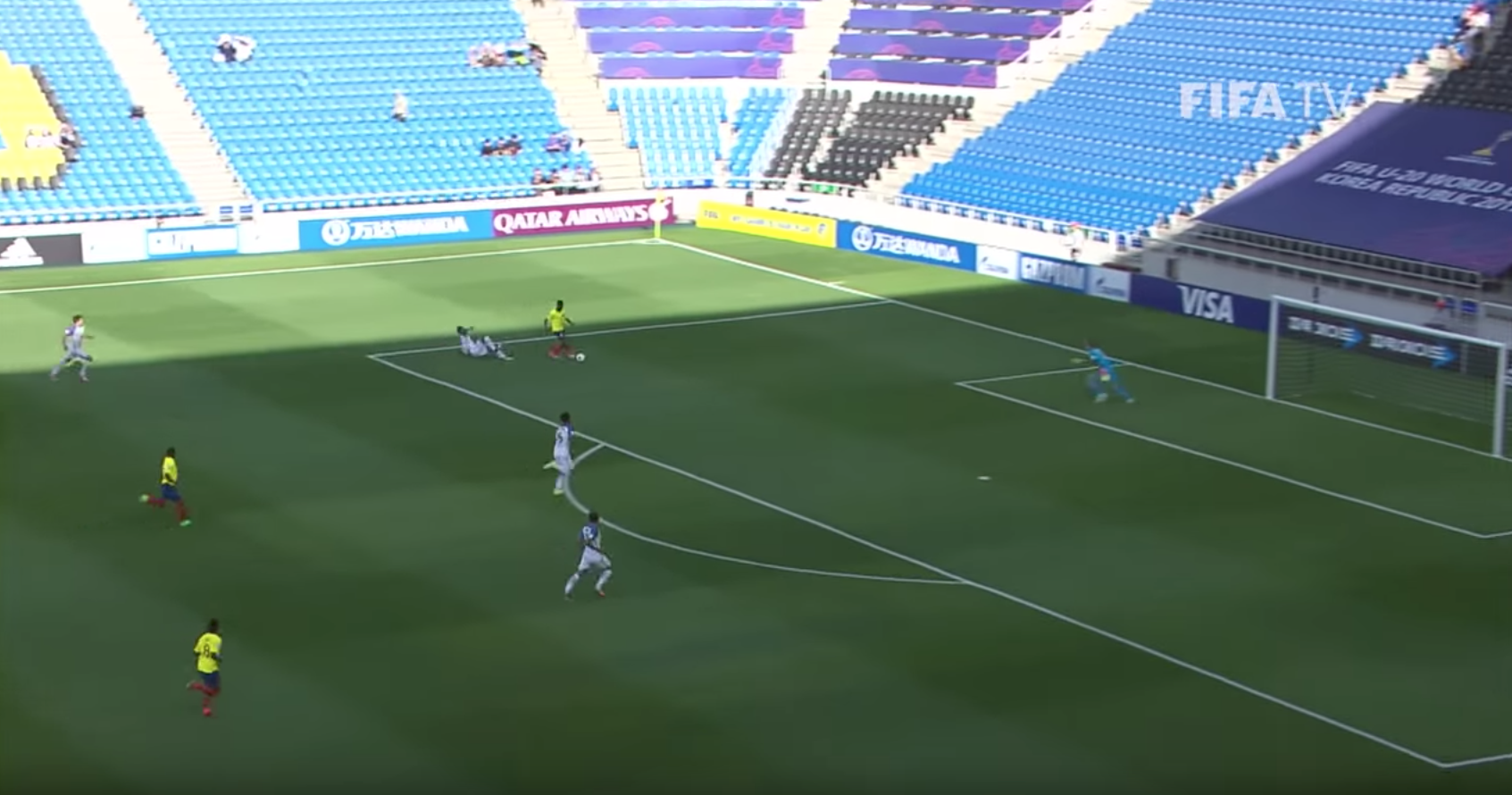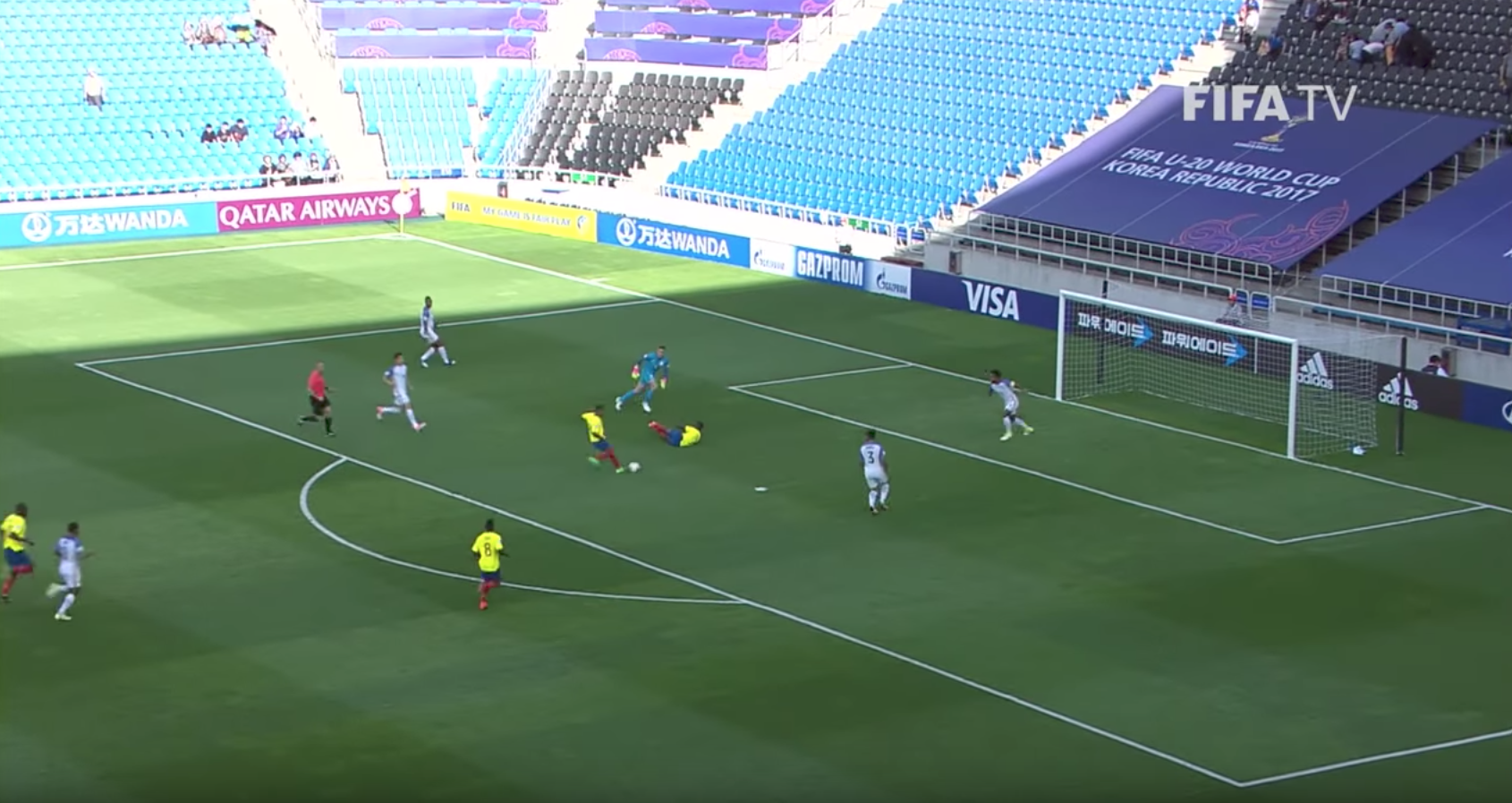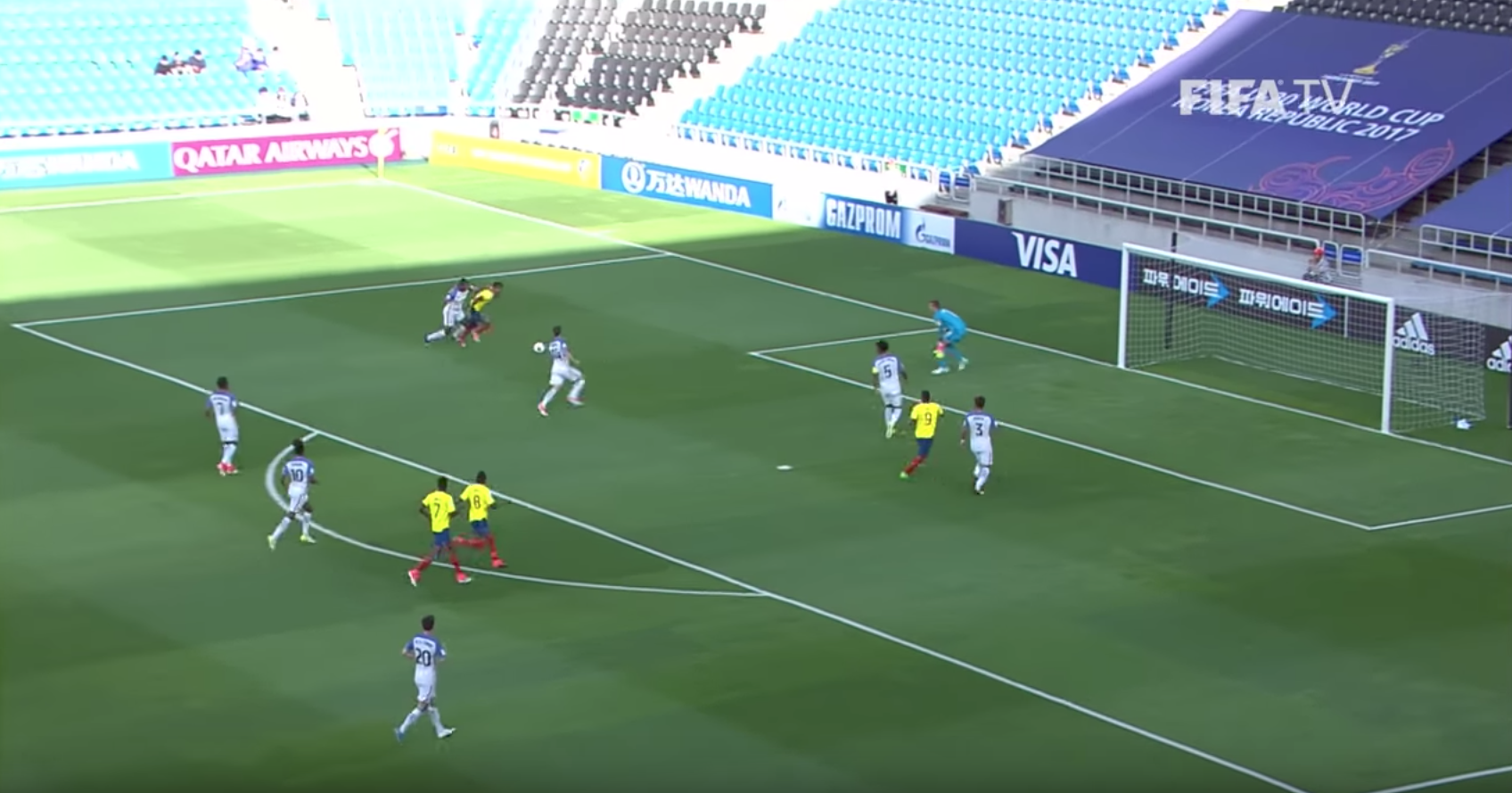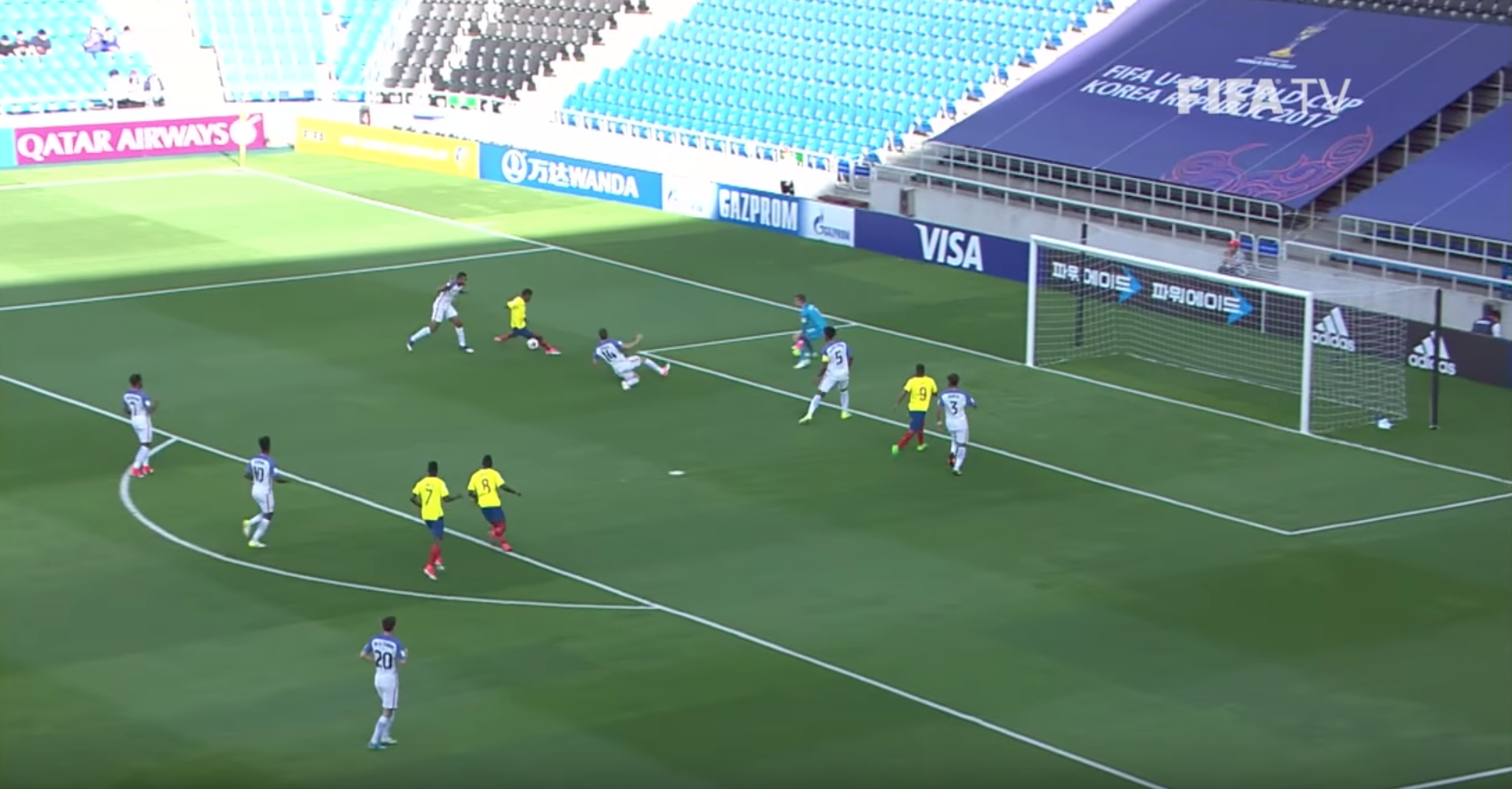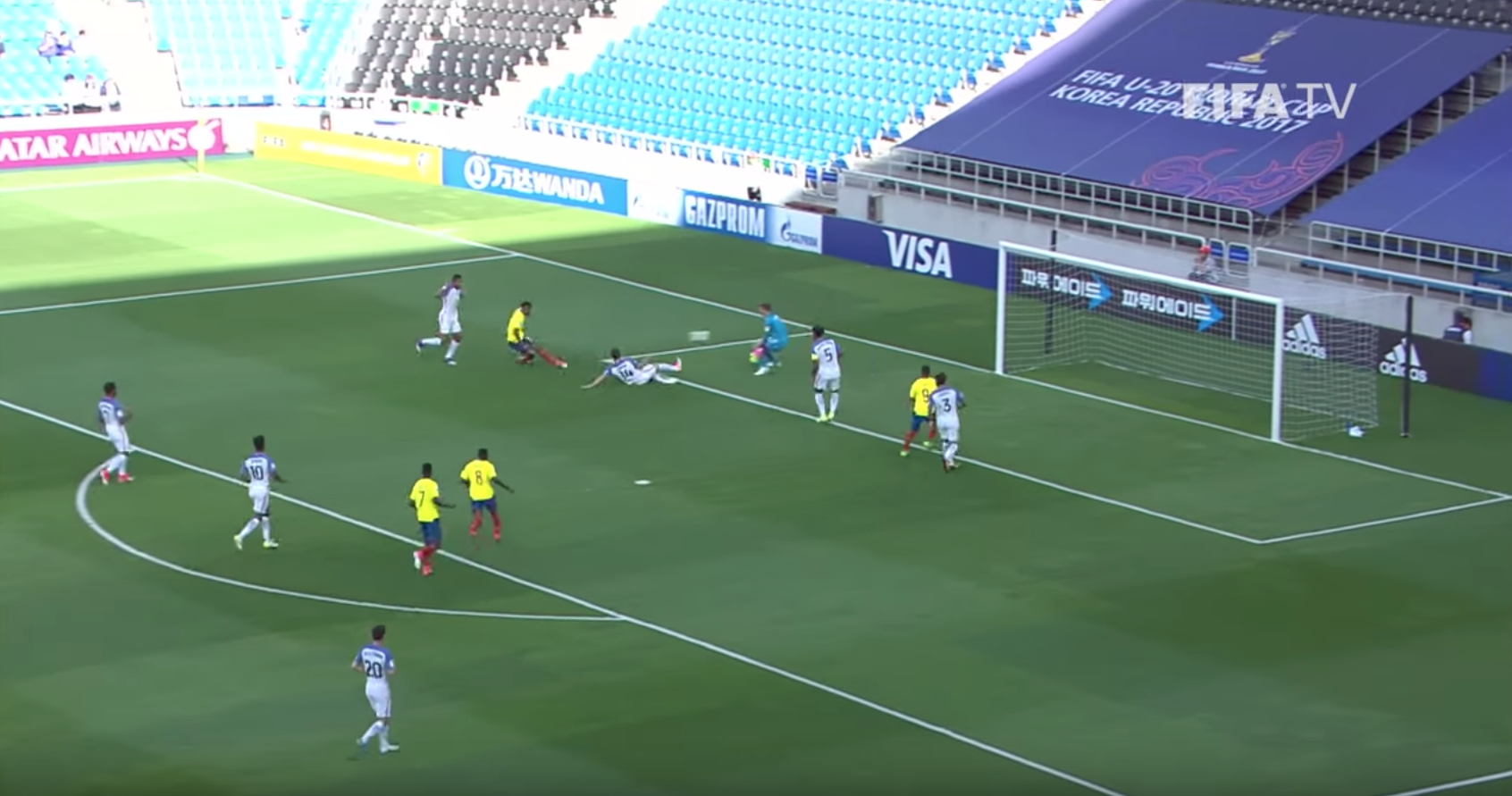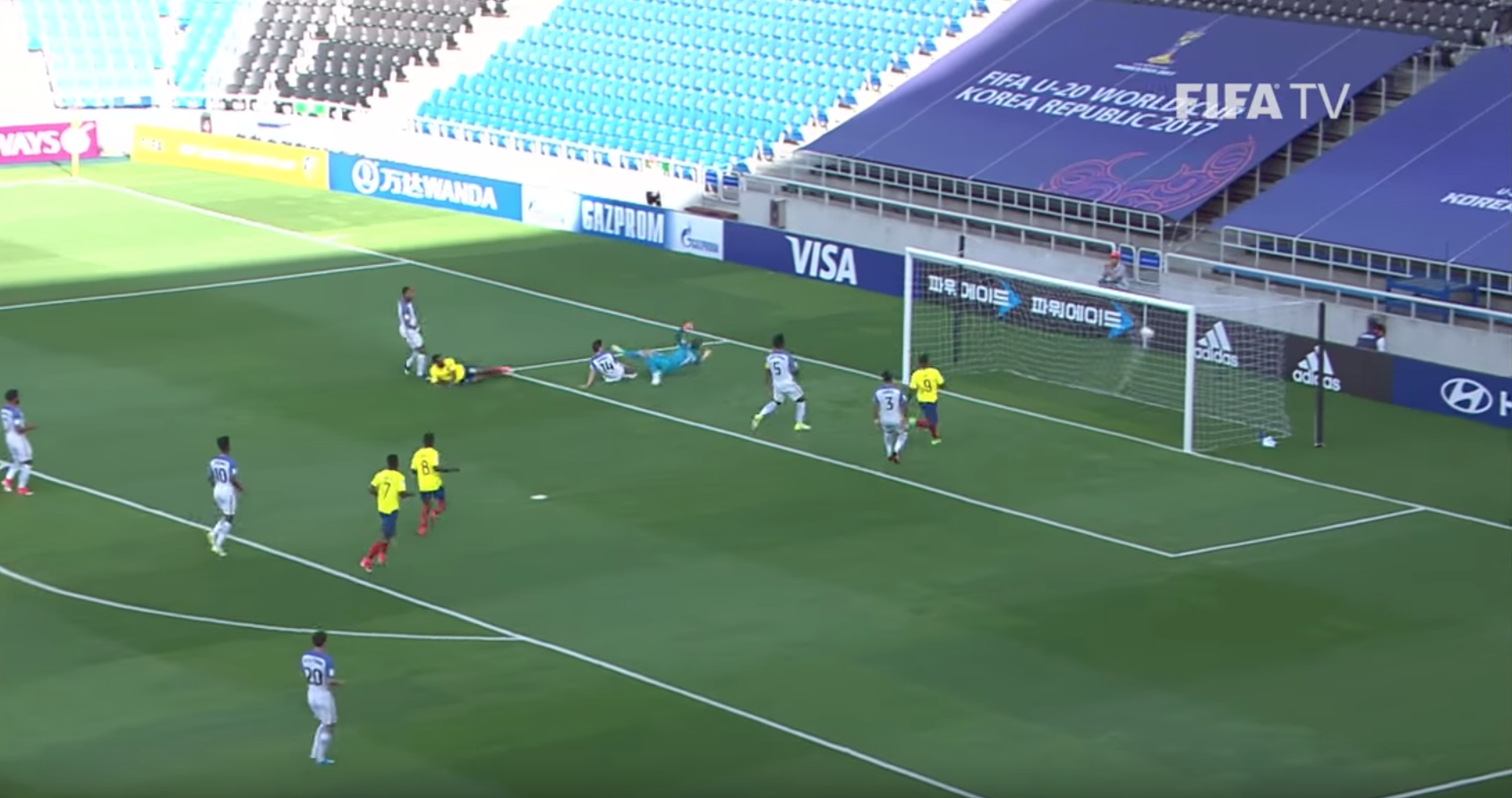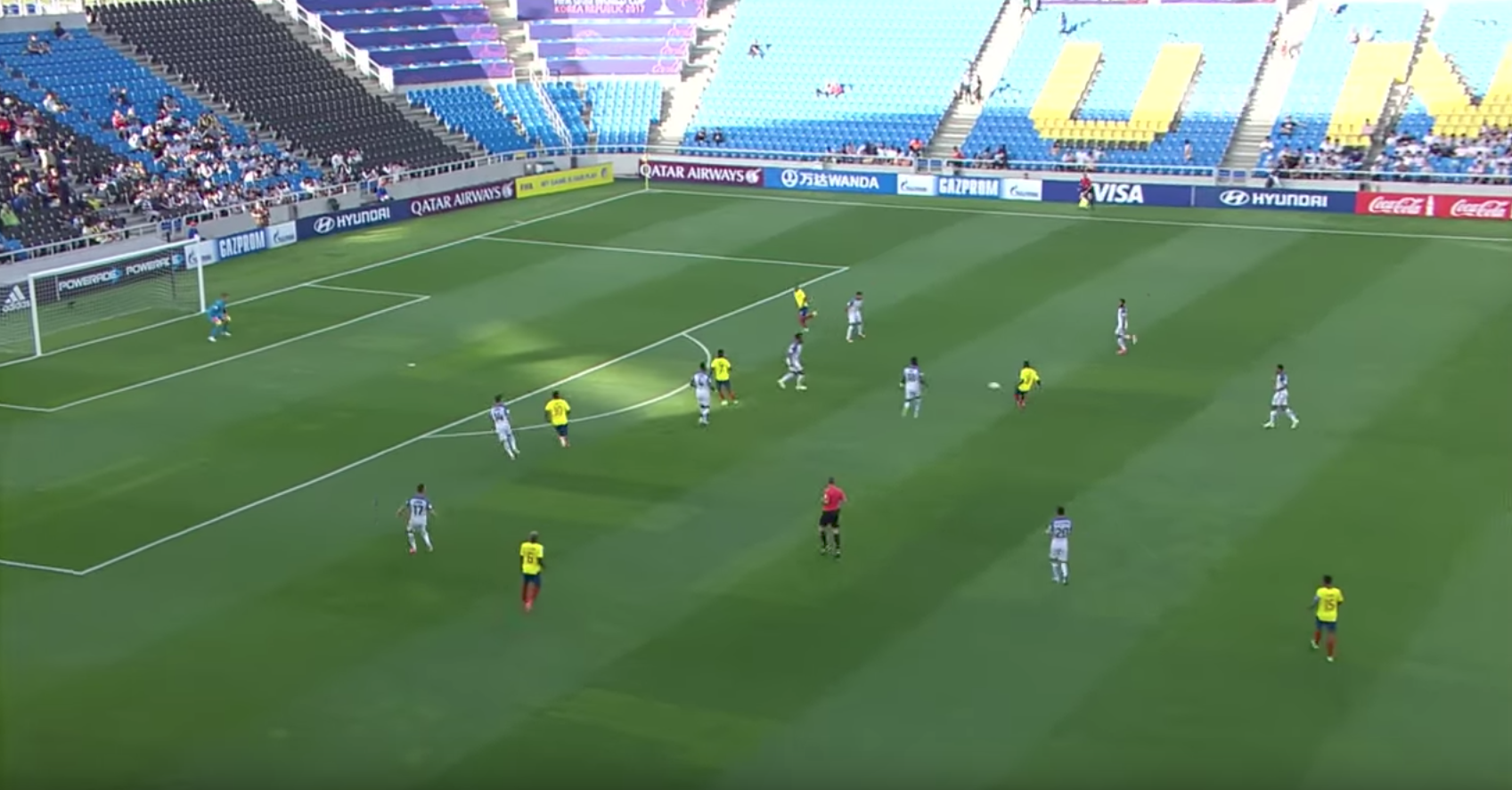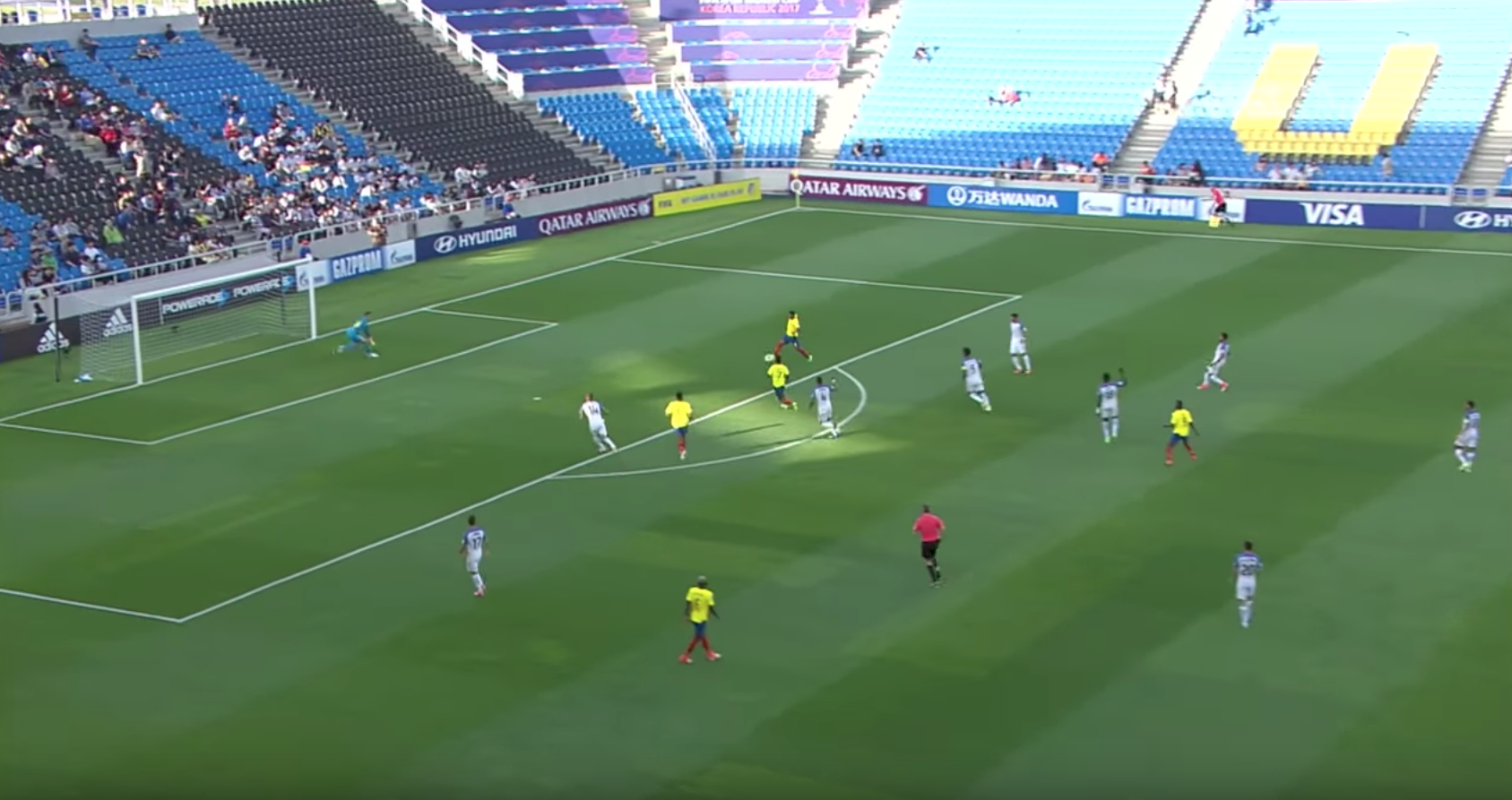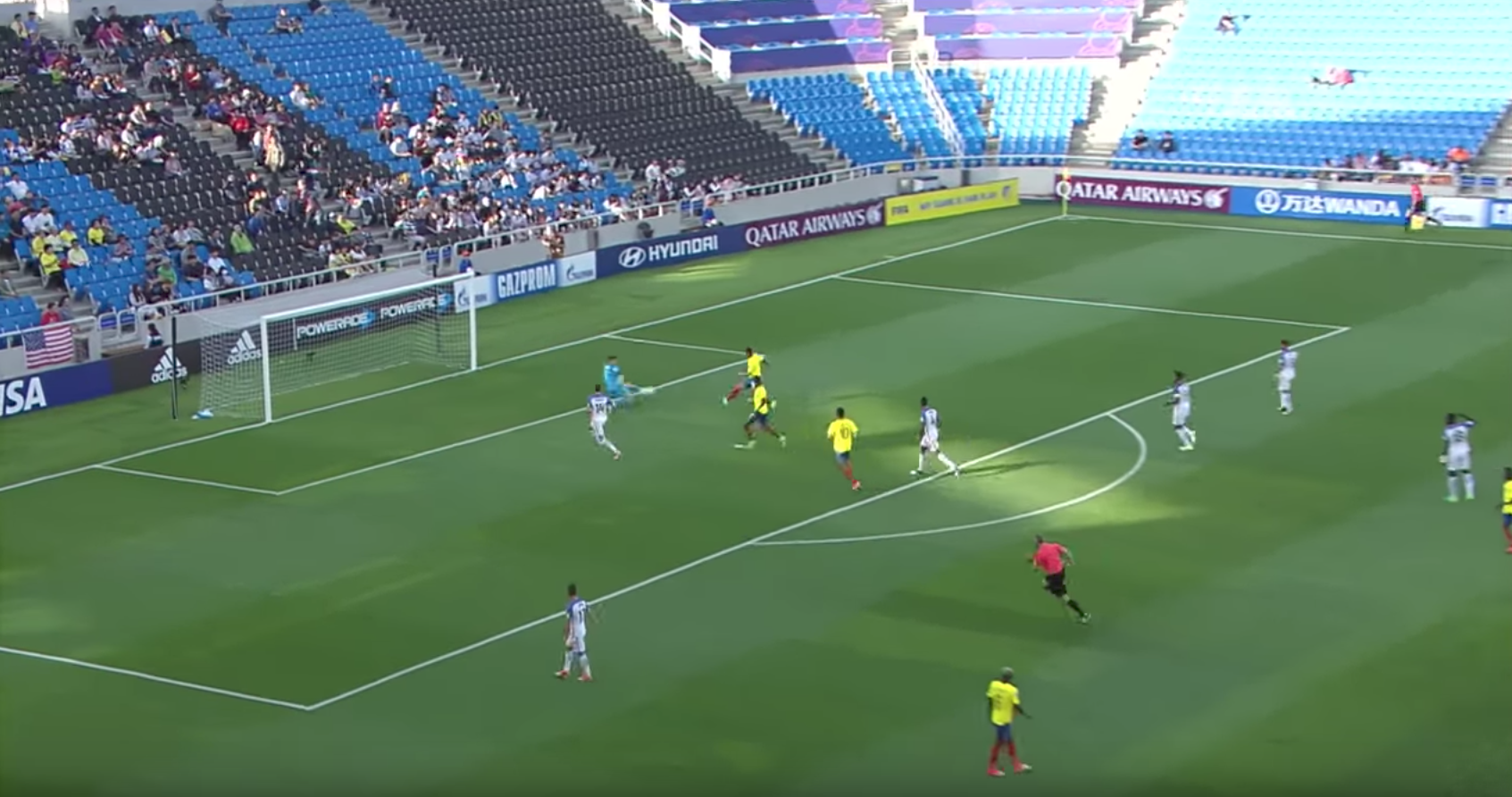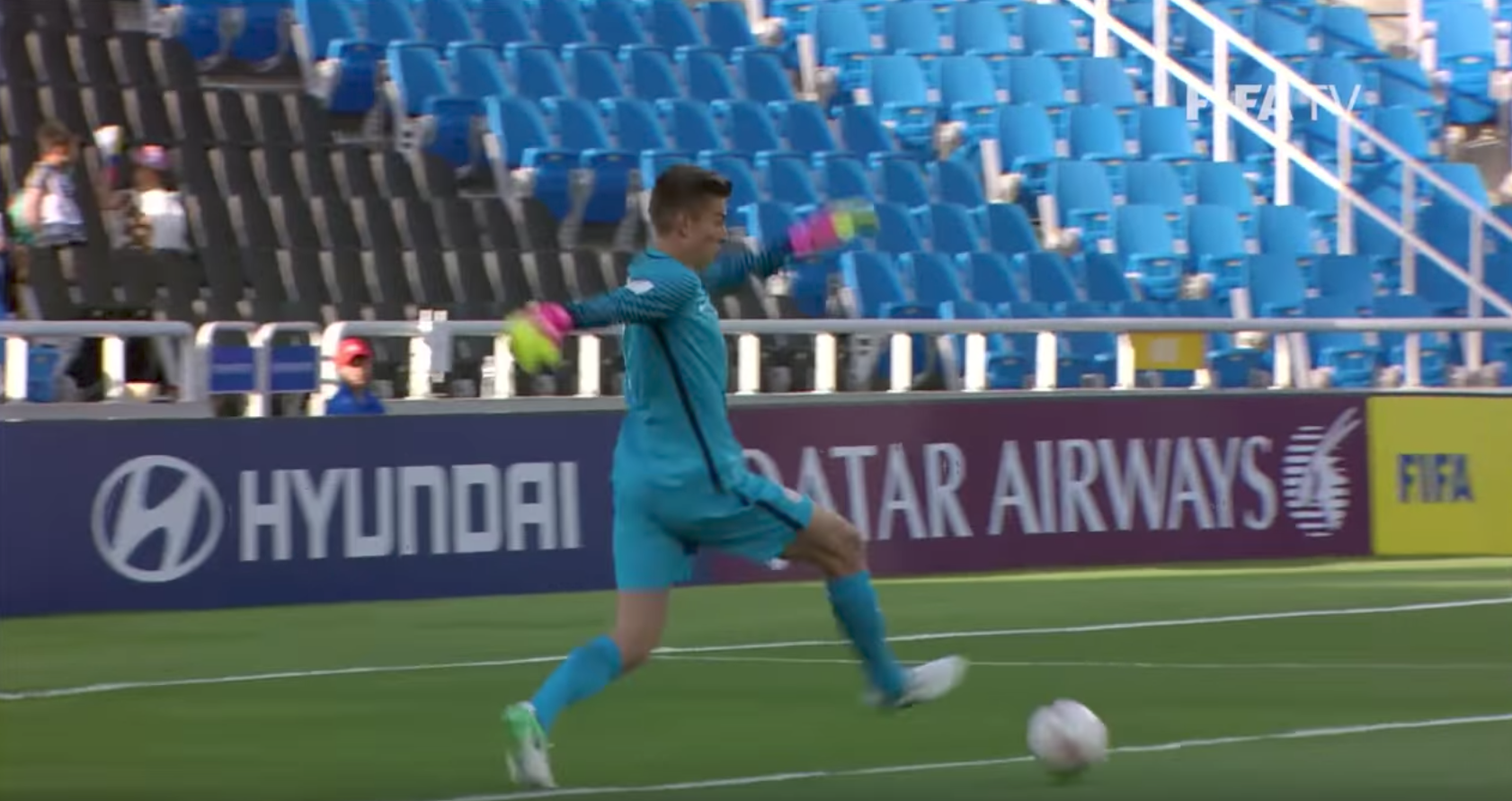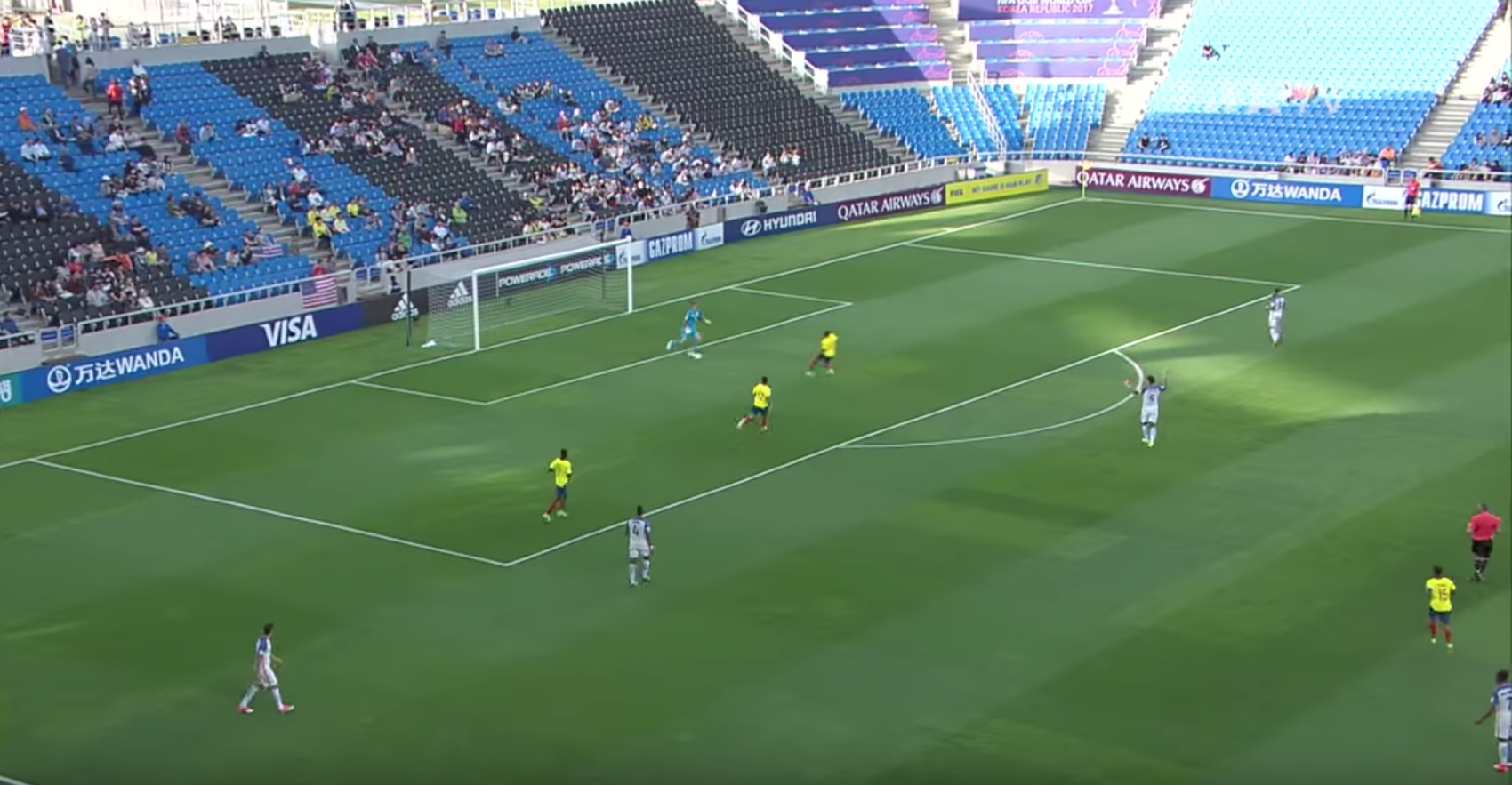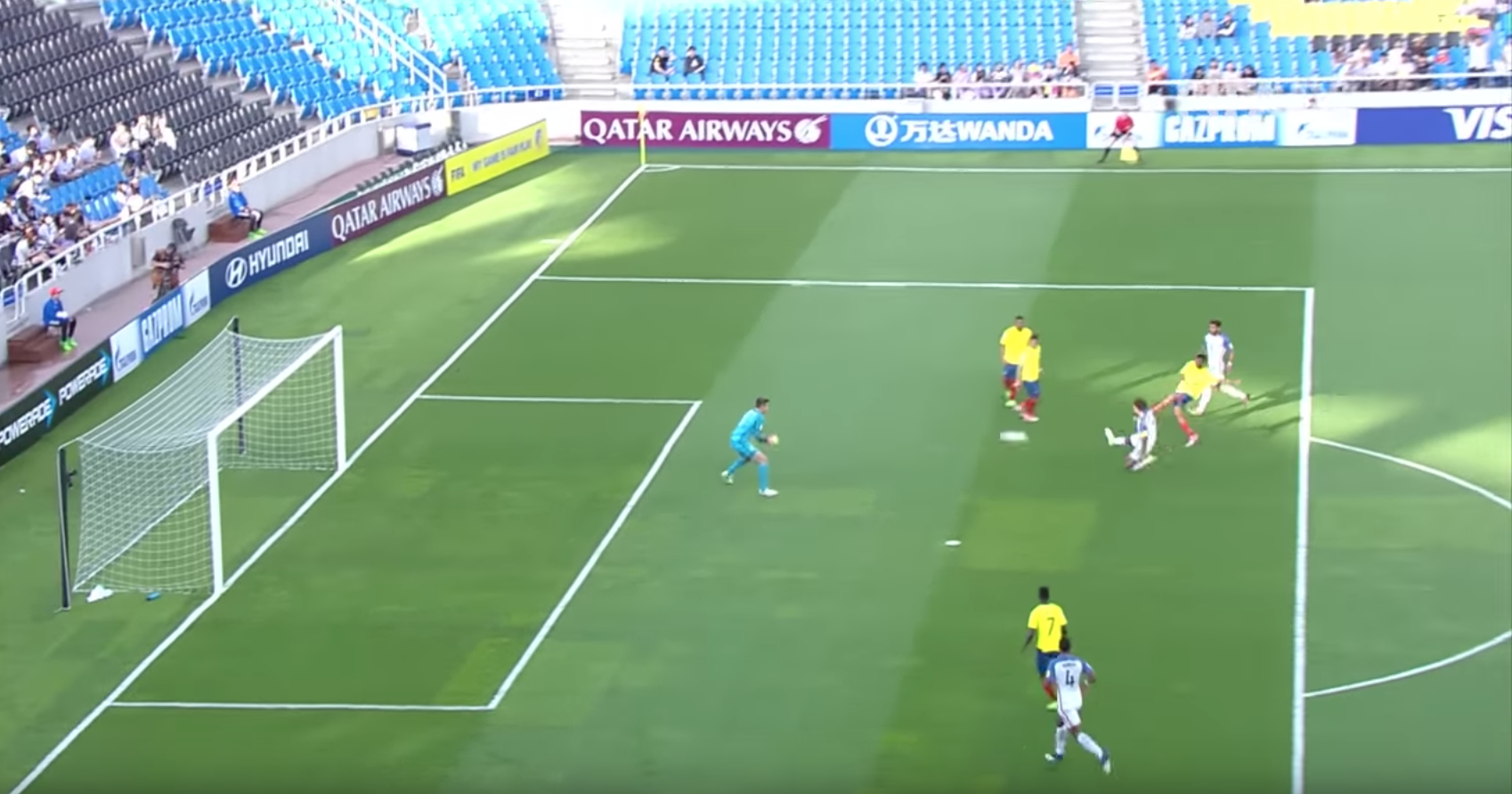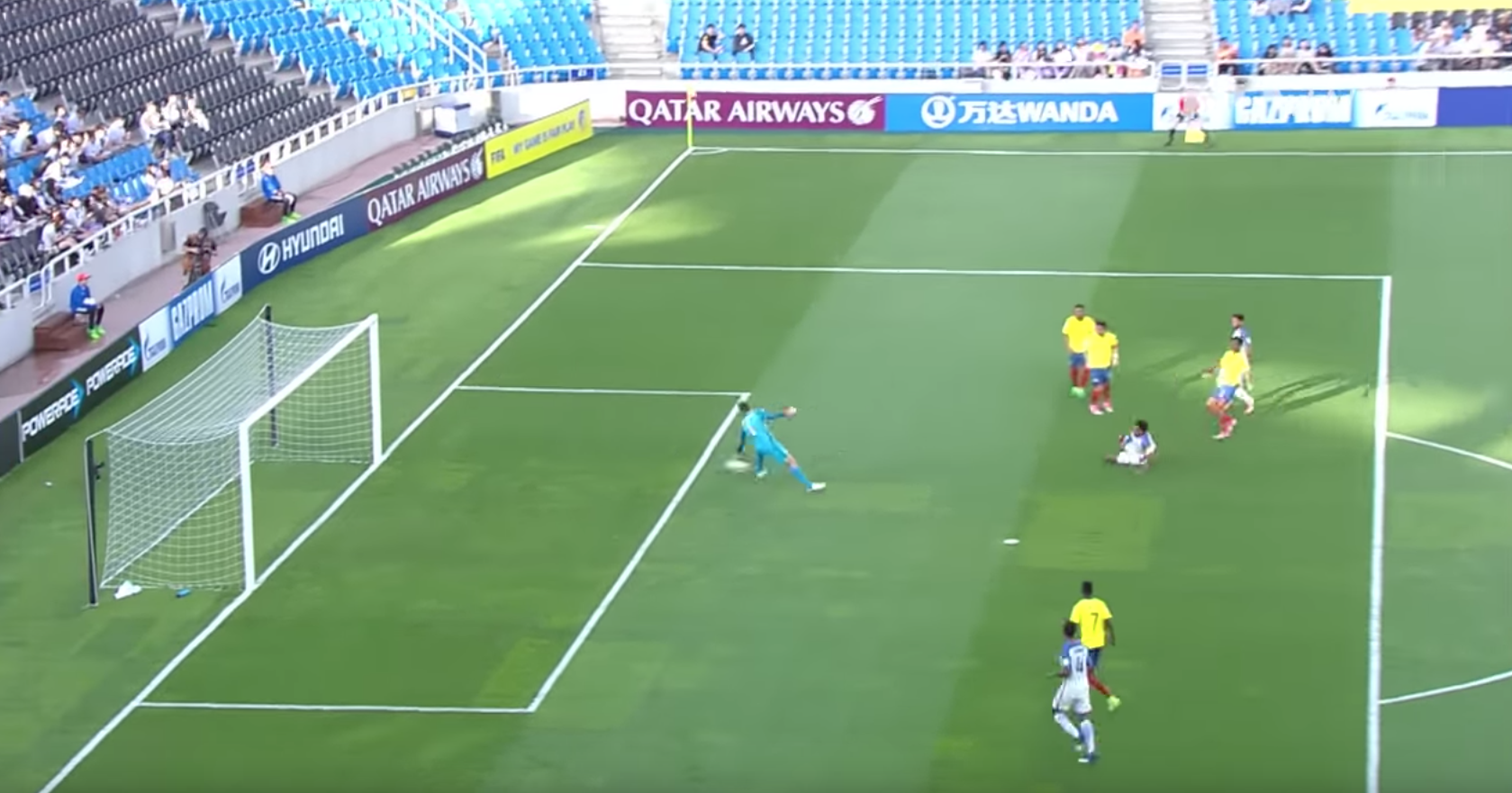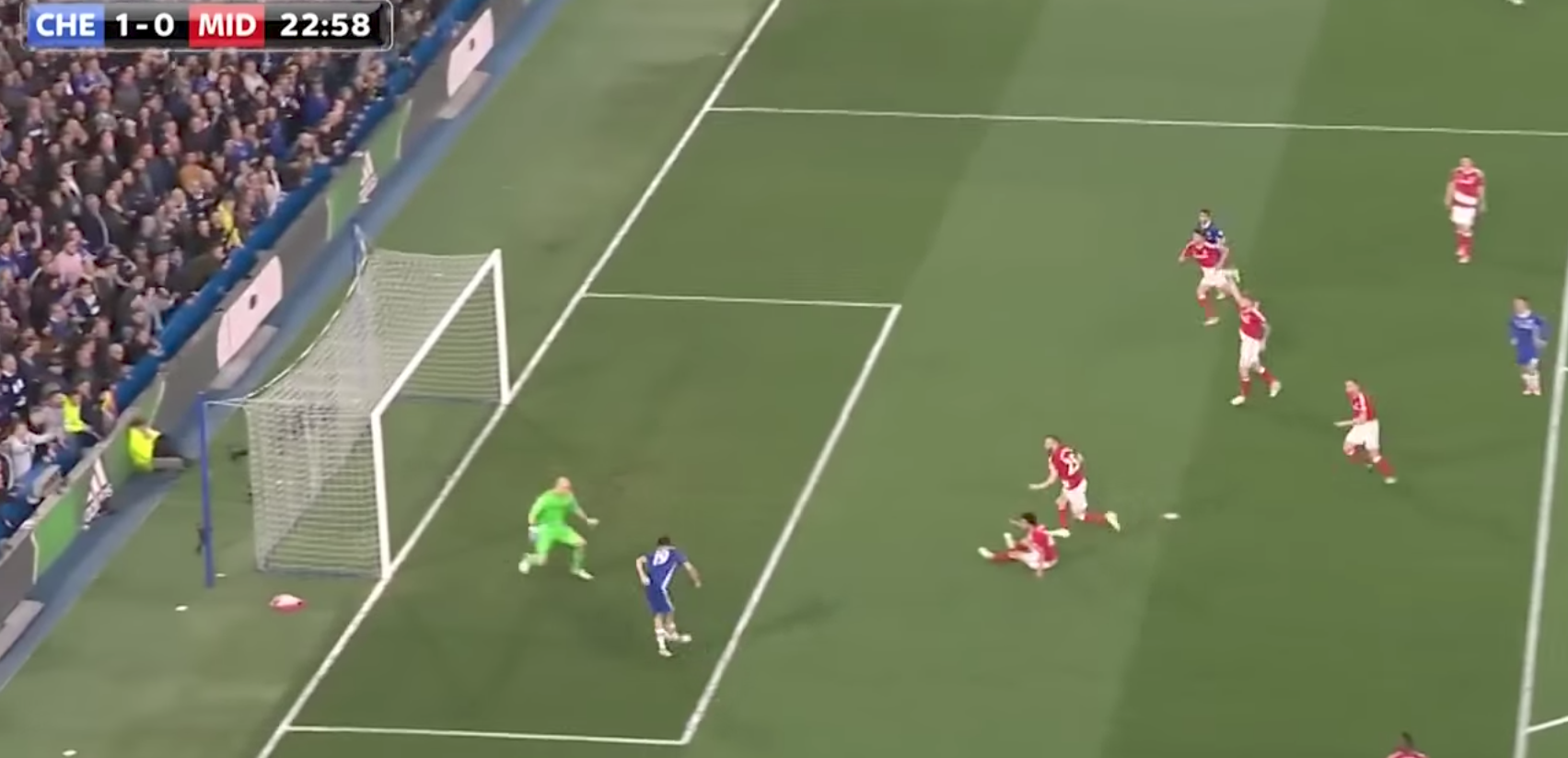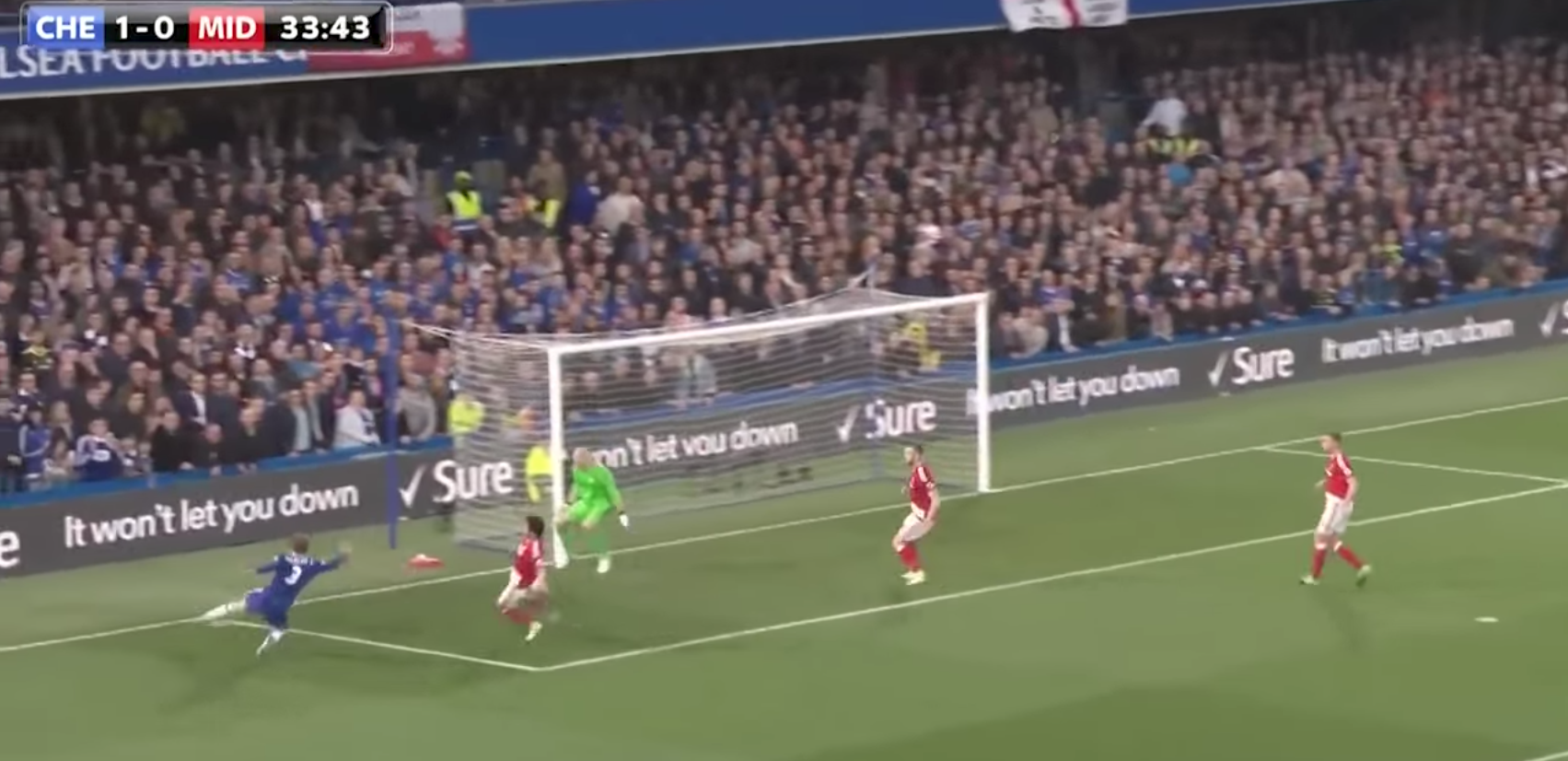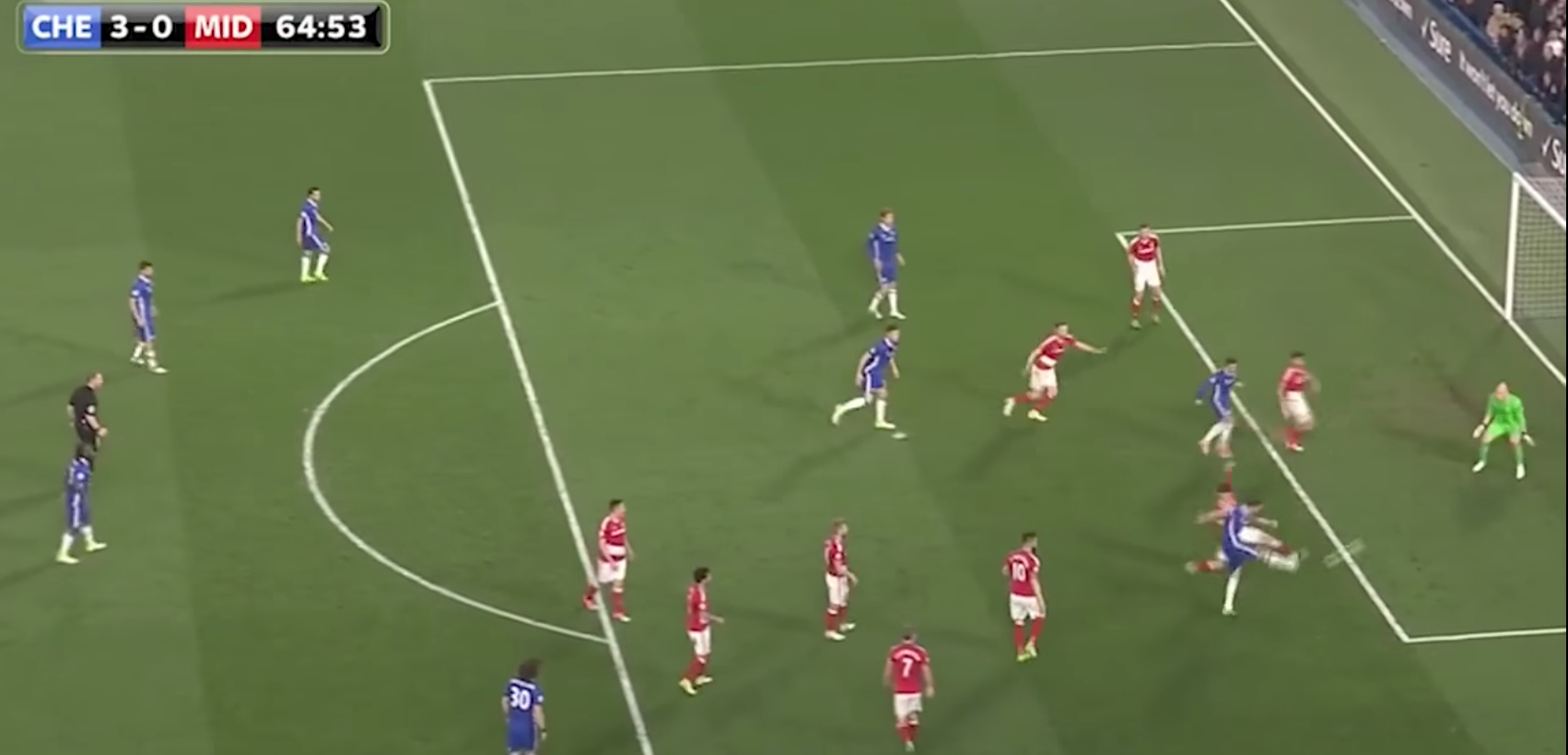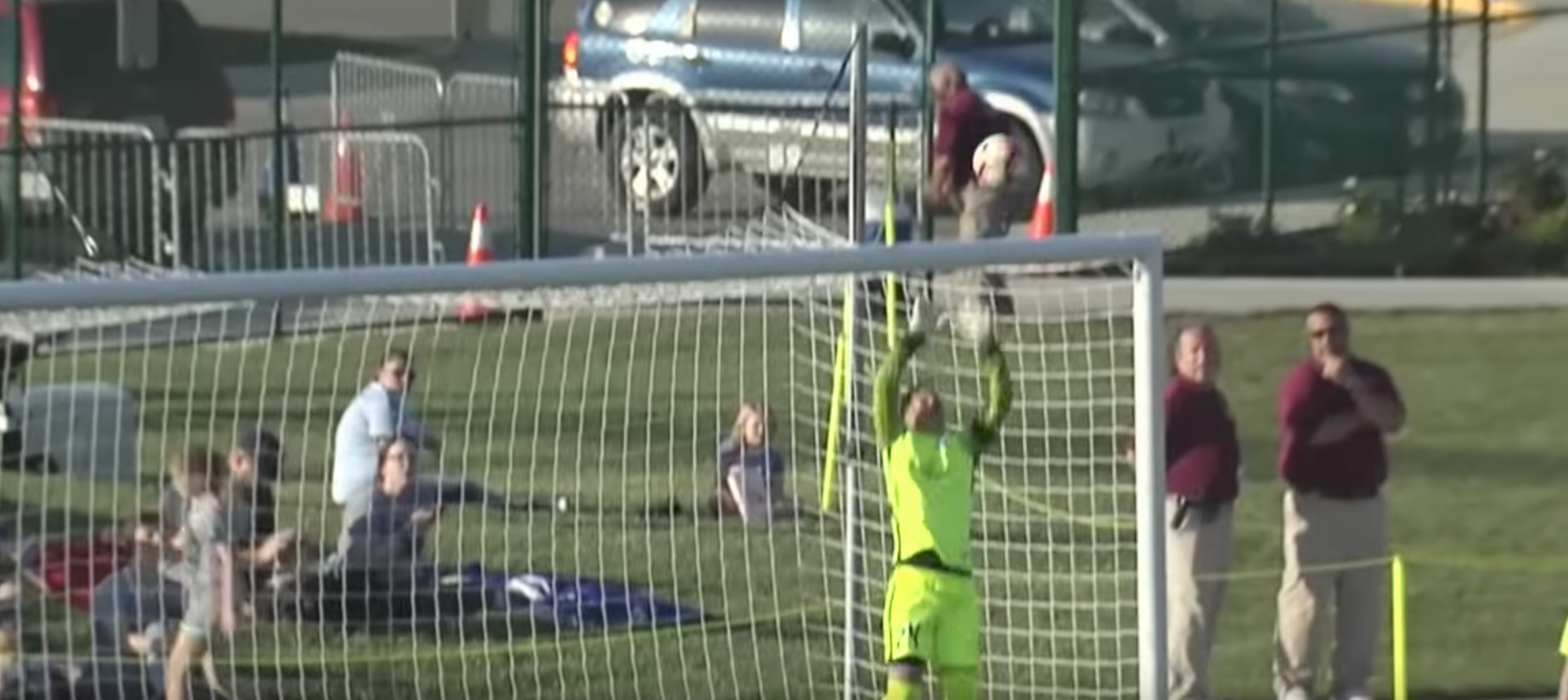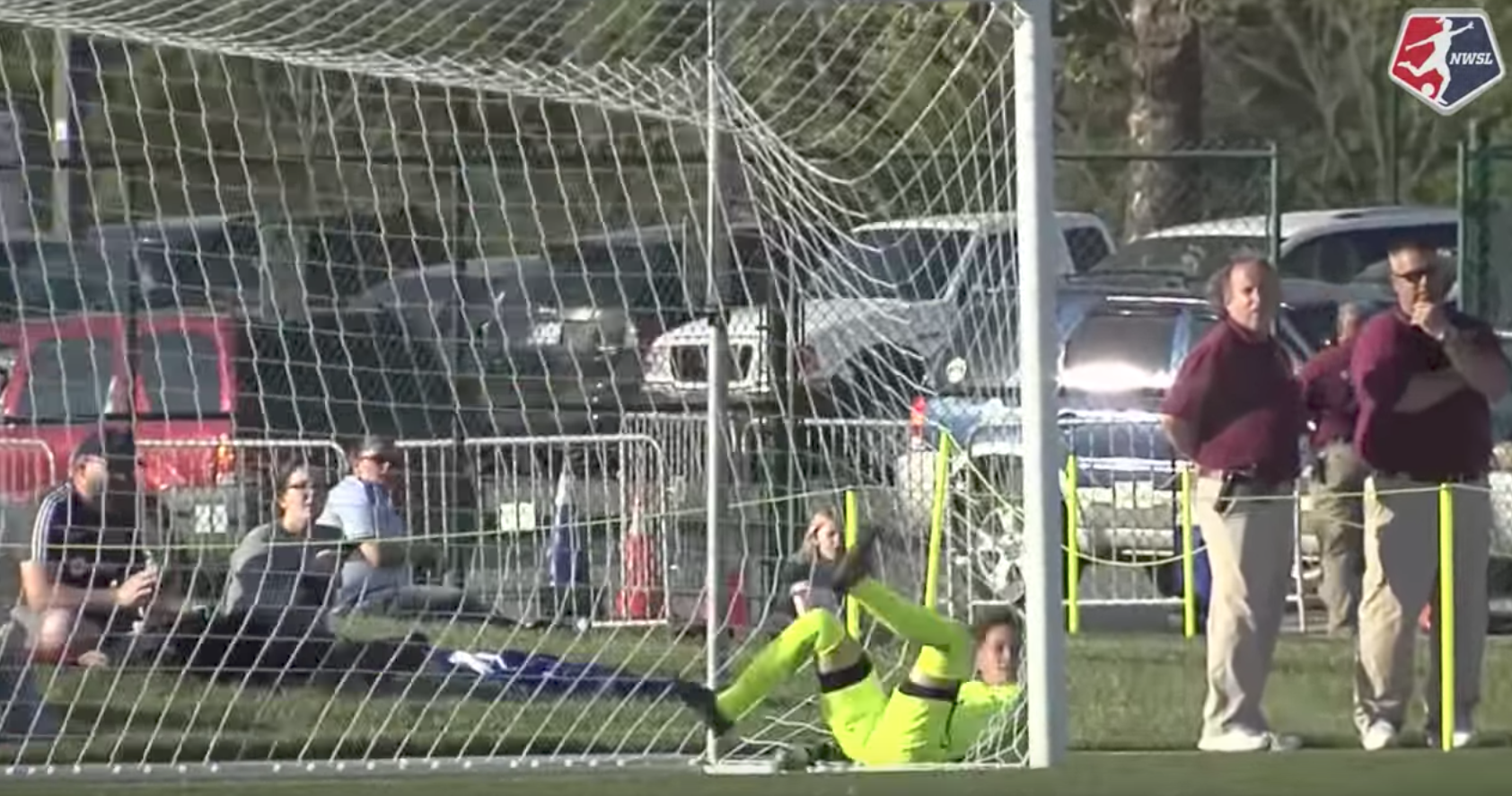There was only one goalkeeper in the 2016 edition of MLS's 24 Under 24, which was nice because sometimes there have been zero. So we'll take what we can get. 24 is typically not viewed as "young" for a field player but since goalkeepers take a little longer to develop, it's a fine gauge for them. Here are 40 American goalkeepers to keep an on over the next few years.
1. Ethan Horvath, 22 - Club Brugge (Belgium.1)
2. Jesse Gonzalez, 22 - FC Dallas (USA.1)
3. Zack Steffen, 22 - Columbus Crew (USA.1)
4. Abraham Romero, 19 - Pachuca (Mexico.1)
5. Eric Klenofsky, 22 - DC United (USA.1)
6. Richard Sanchez, 23 - Tampico Madero (Mexico.2)
7. Jeff Caldwell, 21 - Virginia (USA.N)
8. Will Pulisic, 19 - Dortmund (Germany.1)
Bill says: Well no surprise with the number one here. Typically if you get called up for a World Cup Qualifier as a 22 year old you're probably fairly decent. Gonzalez (still not cap-tied with Mexico, although most likely will be) and Steffen battle for the number two spot, depending on your preference. Both have shown positives and negatives and I wouldn't be surprised if Steffen outplayed Gonzalez at the end of the day. It's just too earlier to call it just yet. Romero has done well with Mexico's U20s in their World Cup run and could be a frustrating loss for the US in years to come. Klenofsky had surgery (MCL) at the end of April and his return date is unknown at this time. Pulisic is expected back at Duke this fall but is still currently with Dortmund's U19s. Theoretically he could sign back with Dortmund but there's no word of that yet. Lastly, Sanchez is a bit of an unknown. Mexican clubs haven't had the greatest track record when it comes to playing its youth goalkeepers but that doesn't necessarily mean he isn't developing. He was good at one point, but he's stayed hidden for the past couple years.
9. Alex Bono, 23 - Toronto FC (USA.1)
10. Alec Ferrell, 23 - Free Agent (None)
11. Wade Hamilton, 22 - Portland Timbers II (USA.3)
12. Andrew Tarbell, 23 - San Jose Earthquakes (USA.1)
13. Kevin Silva, 19 - UCLA (USA.N)
14. Bill Heavner, 23 - Minnesota United FC (USA.1)
15. Paul Blanchette, 23 - PEPO Lappeenranta (Finland.3)
16. Logan Ketterer, 23 - Columbus Crew (USA.1)
Bill says: A number of twenty-three year olds in this group. Bono is taking full advantage of his time with Toronto. Ferrell is has not technically signed with Minnesota United despite being drafted in January, after needing to sit for half the season, if not the entire year. Tarbell played only 45 minutes last year and two matches in the USL this year. For someone so highly touted, it's odd San Jose can't find him more playing time. Kevin Silva returns to UCLA for his sophomore year, after taking the starting spot from a returning senior last year. Heavner keeps the goalkeeper pool alive and is stationed with Minnesota for the time being. Blanchette has started four of six games for third place PEPO Lappeenranta.
17. Ben Lundgaard, 21 - Virginia Tech (USA.N)
18. David Greczek, 22 - Sporting Kansas City (USA.1)
19. JT Marcinkowski, 20 - Georgetown (USA.N)
20. Justin Vom Steeg, 20 - Fortuna Düsseldorf (Germany.2)
21. Paul Christensen, 21 - Portland (USA.N)
22. Carlos dos Santos, 16 - Benfica (Portugal.1)
23. Bobby Edwards, 21 - Monmouth (USA.N)
24. Parker Siegfried, 20 - Ohio State (USA.N)
Bill says: Lundgaard is spending this summer with the Red Bulls' PDL squad, who are known for producing standout goalkeepers, and has already impressed RBNY fans. JT Marcinkowski currently sits second to Klinsmann with the U20s but Georgetown fans are anixous to see the sophomore goalkeeper lead their team back to the NCAA tournament. Justin Vom Steeg is interested in resigning with Fortuna Düsseldorf but is currently out of contract. Paul Christensen has notched two starts with the Sounders U23s (PDL), allowing just one goal in the two games. Dos Santos was the backup goalkeeper during the U17s World Cup Qualifiers and is back with Benfica for the time being. Bobby Edwards joins Lundgaard with the U23 squad after transferring to Monmouth University while Siegfried spends his summer with NPSL side Asheville City Soccer Club.
25. Benjamin Machini, 20 - Barakaldo CF (Spain.3)
26. Matt Turner, 23 - New England Revolution (USA.1)
27. Connor Sparrow, 23 - Real Monarchs (USA.3)
28. Tim Dobrowolski, 23 - Louisville City FC (USA.3)
29. Eric Lopez, 18 - Los Angeles Galaxy II (USA.3)
30. Mike Lansing, 23 - Aalborg BK (Denmark.1)
31. Adrian Zendejas, 21 - Sporting Kansas City (USA.1)
32. Kyle Morton, 23 - Rochester Rhinos (USA.3)
Bill says: Machini finished his loan with Barakaldo and will return to RCD Mallorca. Tim Dobrowolski has already earned two save of the week awards (first and second) within USL play. Eric Lopez made his first professional start last month and while the 4-0 drumming to the OC Blues wasn't ideal, he rebounded well with a 2-1 win against the Red Bulls a week later. Lansing earned three starts for Danish premier club Aalborg BK, who finished 8th in the table. Morton also made his first professional start with the Rochester Rhinos in a comfortable 3-0 US Open Cup start.
33. Andrew Shepherd, 22 - Western Michigan (USA.N)
34. Todd Morton, 21 - Delaware (USA.N)
35. Mike Kirk, 23 - Rio Grande Valley FC (USA.3)
36. Michael Nelson, 22 - SMU (USA.N)
37. Evan Louro, 21 - New York Red Bulls II (USA.3)
38. Kyle Dal Santo, 22 - SIUE (USA.N)
39. Austin Pack, 23 - Puerto Rico FC (USA.2)
40. Jonathan Klinsmann, 20 - California (USA.N)
Bill says: Shepherd (Michigan Bucks), Morton (Ocean City Nor'easters), and Dal Santo (St. Louis FC U23s) are putting their summers to good use in the PDL. Evan Louro has been a polarizing figure over the past few years. A lackluster season with Michigan last year didn't inspire confidence but he's toned up and has taken his role at RBNY more seriously. His ceiling is up to him, as he carries a ton of untapped potential still. Jonathan Klinsmann received his fair share of backlash after a disappointing opener to the U20 World Cup, which I wrote about here.






